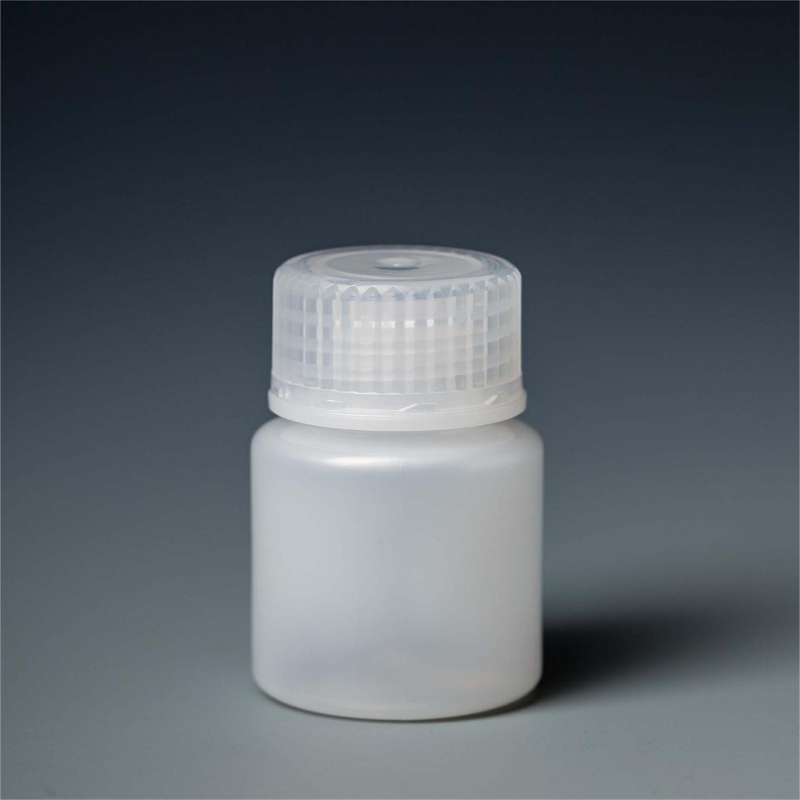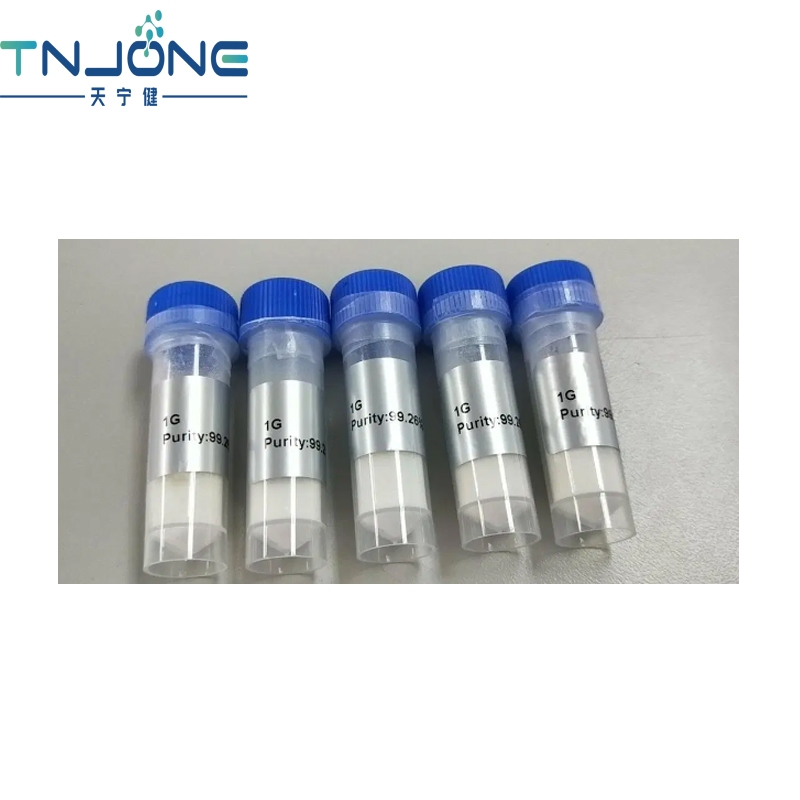-
Categories
-
Pharmaceutical Intermediates
-
Active Pharmaceutical Ingredients
-
Food Additives
- Industrial Coatings
- Agrochemicals
- Dyes and Pigments
- Surfactant
- Flavors and Fragrances
- Chemical Reagents
- Catalyst and Auxiliary
- Natural Products
- Inorganic Chemistry
-
Organic Chemistry
-
Biochemical Engineering
- Analytical Chemistry
-
Cosmetic Ingredient
- Water Treatment Chemical
-
Pharmaceutical Intermediates
Promotion
ECHEMI Mall
Wholesale
Weekly Price
Exhibition
News
-
Trade Service
iNature
SARS-CoV-2 vaccine boosters induce a strong humoral immune response, but the cellular mechanism is unknown.
On October 22, 2022, Zhang Wenhong, Jiang Ning, Qiu Chao of Fudan University and Xu Chenqi, Center for Excellence in Molecular Cell Science, Chinese Academy of Sciences, jointly published an online newsletter entitled " Cellular basis of enhanced humoral immunity to SARS-CoV-2 upon homologous or heterologous booster vaccination analyzed by single-cell immune profiling ", which shows the cellular basis
of single-cell immunoassay homologous or heterologous booster vaccination to enhance SARS-CoV-2 humoral immunity.
The study conducted a longitudinal study
of the persistence of antibody response and single-cell immunoprofiling of receptors of homologous BBIBP-CorV/BBIBP-CorV or heterologous BBIBP-CorV/ZF2001 regimens for more than 6 months after booster dose immunity.
Both fortification regimens significantly increased the production of neutralizing antibodies, which can last for at least 6 months
.
Heterologous enhancers induce a faster and stronger plasmablastic response, characterized by more pronounced
activation of plasma cells than homologous enhancers.
This response is attributed to the recall of memory B cells and de novo activation
of B cells.
Enlarged B cell clones can last for months after booster doses, and their B cell receptors show cumulative mutations
.
Antibody production is positively correlated with antigen presentation in traditional dendritic cells (cDCs), which support
B cell maturation through follicular helper T cells (Tfh) activation and development.
Normal activation of cDC/Tfh/B cells may be driven by positive energy metabolism, and glutamine hydrolysis may also play a general role
in promoting humoral immunity.
The authors' study reveals the cellular mechanisms of enhancer-induced memory/adaptive humoral immunity and suggests potential strategies
to optimize vaccine effectiveness and persistence in future iterations.
In addition, on October 13, 2022, Pengfei Wang, Wenhong Zhang, Zixin Hu of Fudan University and Chenqi Xu of the Shanghai Institute of Biochemistry and Cell Biology, Chinese Academy of Sciences jointly published an online publication entitled " Neutralization of Omicron BA.
4/BA.
5 and BA.
2.
75 by booster vaccination or BA.
2 breakthrough infection sera", which showed that all Omicron sublines exhibited massive escape of vaccine-induced neutralizing antibodies, of which BA.
4/ 5 most significant (click to read).
With COVID-19 (coronavirus disease 2019) detected in more than 500 million cases and linked to more than 6 million deaths reported to the World Health Organization (WHO), COVID-19 control remains a global priority
.
Vaccination is the cornerstone of
pandemic control.
Globally, nearly billions of doses of various COVID-19 vaccines
have been administered.
Clinical evaluation of vaccine-induced immune responses, often involving immunogenicity, safety, and efficacy, can inform public health strategy decisions
.
Among the different vaccines developed during the pandemic, the inactivated vaccine is now widely used
in China and other parts of the world.
COVID-19 vaccines that use the receptor binding domain (RBD) of the spike protein as an antigen require less stringent cold chain logistics and storage, which is a factor
in facilitating the global availability of vaccines.
Previous studies have found that cases of vaccination improve clinical outcomes
.
However, 5-7 months after the second primary series of vaccines, the effectiveness of the vaccine against COVID-19-related hospitalizations and deaths, particularly against various immune evasion variants
, has been observed.
Booster doses of homologous or heterologous vaccines appear to increase protection against hospitalization and prevent disease progression to a severe stage
.
Based on a real-life study, the effectiveness of the modified vaccine for symptomatic COVID-19 with three doses of inactivated vaccine was estimated to be 78.
8%, and the effectiveness of heterologous boosters was 93.
2% to 96.
5%.
After the introduction of the three-dose inactivated vaccine schedule, the adjusted vaccine effectiveness was 86.
3% hospitalization and 86.
7%
COVID-19-related mortality.
Across all evaluated clinical endpoints, heterologous boosters appeared to show higher vaccine efficacy
than homologous boosters.
Tfh is elevated in the high antibody group (Figure from Cell Discovery) After vaccination, the immune system retains a memory ability that provides protection from subsequent infection and prevents the disease from progressing to a severe stage
.
Memory cells of the adaptive immune system and antibodies that patrol the body can recognize invaders and produce a rapid response
when encountering an invader again.
The duration of these components in the body determines the persistence
of immune memory.
In most studies, these were quantified by the titer and spectrum of the antibody and the size of antigen-specific B and T cells
.
After the primary vaccine series, antibody titers decrease, so an increase in the dose
is advocated.
However, after the booster dose, the persistence of the antibody to previous and currently circulating variants, the exact cellular process of the booster-activated B cell immunity, and how long the memory B cells can last are all opaque
.
A large number of single-cell 5' mRNA and V(D)J sequencing (scRNA/V(D)J-seq) can provide a landscape view
of cellular heterogeneity and immune library diversity at single-cell resolution.
Previously, this approach has been used for antigen-specific CD8 T cell responses
induced by BNT162b2 vaccines.
Together, scRNA-seq and scV(D)J-seq contribute to the understanding of B and T cell clonality, vaccine-induced cell phenotypes, and transcriptional characteristics, which are of great help
in COVID-19 interventions.
In this study, the study examined the activation and memory phase of adaptive humoral immune responses following booster doses of RBD-subvaccine (ZF2001) and inactivated vaccine (BBIBP-CorV), with two doses of inactivated vaccine as initiators
.
Using single-cell immunoprospects, the cellular basis of the catalytic action is revealed and key metabolic pathways associated with antibody production are highlighted, both of which may lead to the development
of the next generation of SARS-CoV-2 vaccines with higher and longer-lasting efficacy.
Original link: style="margin-right: auto;margin-left: auto;outline: 0px;width: 30px;display: inline-block;">
—END—
The content is 【iNature】







